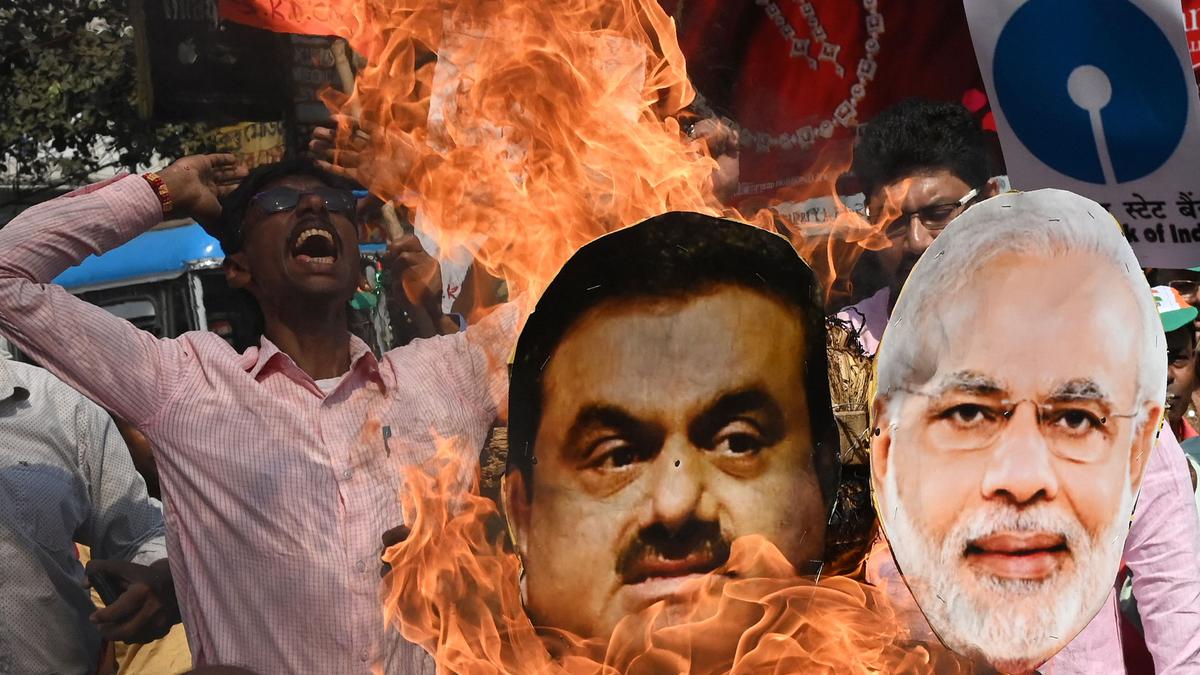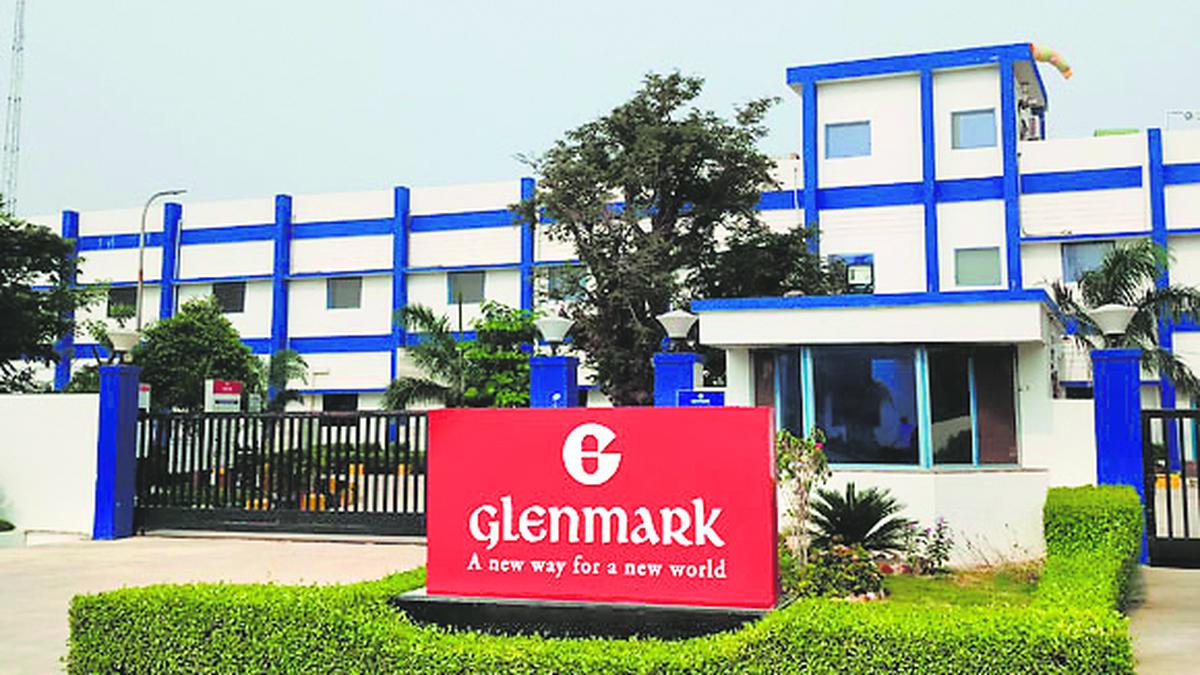The story so far: In its order dated March 2, on the batch of petitions concerning the Adani-Hindenburg matter, the Supreme Court of India had directed the Securities and Exchange Board of India (SEBI) to conduct investigations in accordance with specific terms of reference. The first term was to probe whether there has been a violation of Rule 19A of the Securities Contracts (Regulation) Rules 1957. Two more terms were set by the apex court related to non-disclosure of related party transactions and the manipulation of stock prices in contravention of existing laws. In addition, a separate Expert Committee was formed to inter alia examine whether there has been a regulatory failure in dealing with the alleged contravention of laws by the Adani group. Now, a media investigation has brought forth further allegations.
What is Rule 19A?
Rule 19A of the Securities Contracts (Regulation) Rules 1957, inserted through an amendment made with effect from June 4, 2010 under “Continuous Listing Requirement”, stipulates that every company listed in the Indian stock market has to maintain at least 25 percent public shareholding. “Public” is defined in the said Rules as persons other than “the promoter and promoter group” — defined as any spouse of that person, or any parent, brother, sister or child of the person or of the spouse, besides “subsidiaries or associates of the company”. This 25 per cent minimum threshold for public shareholding vitally ensures that adequate shares of a listed company is available for trading in the stock market to enable price discovery. Violations of this rule indicate likely stock price manipulation and insider trading, jeopardising the integrity of the equity market.
What are the latest revelations?
An investigation conducted by the Organized Crime and Corruption Reporting Project (OCCRP), as reported in the Financial Times and The Guardian on August 31, has found that two Mauritius based funds, namely the Emerging India Focus Fund (EIFF) and the EM Resurgent Fund (EMRF) had invested and traded in large volume of shares of four Adani companies between 2013 and 2018. Two key foreign investors of these funds were Nasser Ali Shaban Ahli from the UAE and Chang Chung-Ling from Taiwan.
The money was channelled through a Bermuda-based investment fund called the Global Opportunities Fund (GOF). The value of the investments of Nasser Ali and Chang Chung-Ling in Adani stocks was around $430 million in March 2017 (approximately ₹2,795 crore at prevailing exchange rate). In January 2017, these two investors together held 3.4% of total shares in Adani Enterprises, 4% in Adani Power and 3.6% in Adani Transmission.
The OCCRP investigation has further revealed that a UAE-based secretive firm named Excel Investment and Advisory Services Limited owned by Vinod Adani, brother of Gautam Adani and member of Adani promoter group, had received over $1.4 million in “advisory” fees from management companies of EIFF, EMRF and GOF between June 2012 and August 2014. The investigators have not only dug up invoices and transaction records, but also internal emails which suggest that EIFF, EMRF and GOF were investing funds into the Adani group stocks at the behest of Excel Investment and Advisory Services Limited, that is, Vinod Adani.
Therefore, there is now prima facie evidence that entities like EIFF, EMRF and GOF were/are fronts through which Vinod Adani has invested massive funds into Adani group companies stocks. If one adds the shareholding of Vinod Adani in three Adani companies — through offshore individuals and entities like Nasser Ali and Chang Chung-Ling via EIFF, EMRF and GOF, with the disclosed promoter group shareholding of those companies — the promoter group shareholding of Adani Enterprises and Adani Transmission stood at over 78% in January 2017. This would be in clear breach of the 75% threshold contained in 19A of the Securities Contracts (Regulation) Rules.
The OCCRP evidence is over and above the ones already provided by the Hindenburg report which alleged a vast global web of tax haven based shell companies run by Vinod Adani through individuals like Chang Chung-Ling and offshore funds such as EIFF, EMRF etc. If more shell companies and transactions are investigated, it could further reveal breaches and contraventions of rules and regulations by the Adani group via the Vinod Adani channel.
The Adani conglomerate, however, has vehemently denied all the charges made by the OCCRP.
SEBI and the DRI probe
A significant revelation by the OCCRP relates to the correspondence between the director general of the Directorate of Revenue Intelligence (DRI) and the SEBI chief in January 2014 on “the dealings of the Adani Group of companies in the stock market”. One of the letters was accompanied by a CD of evidence from a DRI probe into allegations of over-invoicing of capital equipment imports against Adani power projects, stating that “there are indications that a part of the siphoned-off money may have found its way to stock markets in India as investment and disinvestment in [the] Adani Group.”
SEBI has not disclosed the receipt of such a letter and evidence from the DRI till date before the Supreme Court. Rather, they have categorically stated before the Expert Committee that the investigation into possible contraventions of rules and regulations by the Adani group of companies started on October 23, 2020 after receipt of complaints in June-July 2020.
In its latest affidavit before the Supreme Court on August 25, SEBI has stated that they have conducted 24 investigations into Adani-Hindenburg related matters since March 2023, of which 22 investigations have been completed while interim reports have been submitted for two investigations. It is noteworthy that the two incomplete investigations include the one on the violation of Rule 19A of the Securities Contracts (Regulation) Rules 1957.
Mentioning the time period covered under this investigation as between April 1, 2016 to September 30, 2020, SEBI has submitted to the Supreme Court that they have been unable to establish the “economic interest shareholder” in 13 suspected overseas entities because of their tax haven jurisdictions and that efforts are still being made to gather more details. It is noteworthy that the names of EIFF and EMRF, which have been alleged to be fronts of Vinod Adani by the OCCRP investigation also figure in SEBI’s list of 13 suspected Foreign Portfolio Investors (FPIs). SEBI owes an explanation as to how a consortium of investigative journalists could collate evidence on such tax haven based entities while a national regulator has failed to unearth so far.
The SEBI investigation and fallout
OCCRP’s expose adds to the already substantial body of evidence which suggests that SEBI’s role in the Adani group matter goes beyond regulatory failure and possible regulatory capture.
SEBI has already been indicted by the Expert Committee for amending the FPI and Listing Obligations and Disclosure Requirement (LODR) Regulations since 2018 which opened up regulatory loopholes facilitating concealment of “ultimate beneficiary ownership” of FPIs and transactions with “related parties”. It is now clear that those amendments were made after the alleged contraventions of the 75% rule of SCRR 1957 by at least two Adani group companies in 2017, as found by the OCCRP investigation. Therefore, the findings of the SEBI on stock price manipulation and insider trading in Adani stocks are difficult to take at face value. The Expert Committee has already reported that 849 alerts were generated vis-à-vis the Adani scrips through SEBI’s automated surveillance systems, between April 2018 and December 2022. Out of this, 603 alerts related to price volume movements were closed by SEBI and 246 alerts on suspected insider trading were still work in progress.
As per the Expert Committee findings, 13 FPIs suspected by SEBI sold around 8.6 crore shares of Adani Enterprises Limited (AEL) between April 2021 and December 2022 when AEL’s share price skyrocketed from around ₹1,000 to over ₹3,800. The Life Insurance Corporation of India bought 4.8 crore of these shares during the same period. Yet, SEBI gave a clean chit to the suspected FPIs citing their “net seller” status during the period of price rise; whereas, it is obvious that the suspected FPIs were the major gainers of the abnormal price rise and a public sector financial company enabled those gains. It is only through a thorough forensic audit of all the listed Adani group companies and the 13 suspected FPIs by an independent auditor that the real nature and extent of the alleged economic crimes committed by the Adani group via the Vinod Adani channel can be revealed. While being very meticulous, the OCCRP investigation has only been able to expose the tip of the iceberg.
Prasenjit Bose is an economist and activist based in Kolkata
- In its order dated March 2, on the batch of petitions concerning the Adani-Hindenburg matter, the Supreme Court of India had directed the Securities and Exchange Board of India (SEBI) to conduct investigations in accordance with specific terms of reference. The first term was to probe whether there has been a violation of Rule 19A of the Securities Contracts (Regulation) Rules 1957.
- An investigation conducted by the Organized Crime and Corruption Reporting Project (OCCRP), as reported in the Financial Times and The Guardian on August 31, has found that two Mauritius based funds, namely the Emerging India Focus Fund (EIFF) and the EM Resurgent Fund (EMRF) had invested and traded in large volume of shares of four Adani companies between 2013 and 2018.
- As per the Expert Committee findings, 13 FPIs suspected by SEBI sold around 8.6 crore shares of Adani Enterprises Limited (AEL) between April 2021 and December 2022 when AEL’s share price skyrocketed from around ₹1,000 to over ₹3,800. The Life Insurance Corporation of India bought 4.8 crore of these shares during the same period.










